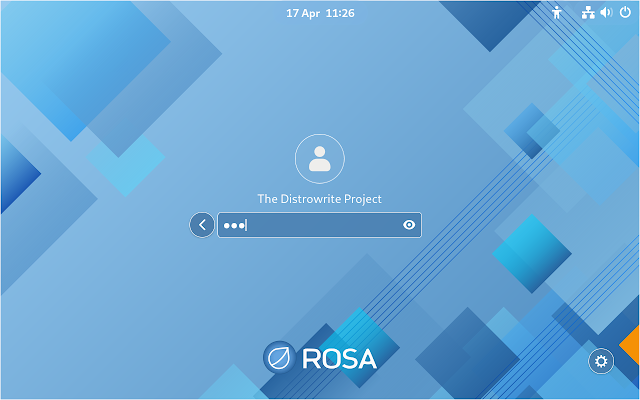🪆ROSA Fresh 12.5: A Russian Matryoshka of Innovation and Security🖥️
From the land of matryoshkas and balalaikas, ROSA, a developer of system and infrastructure software, has unveiled ROSA Fresh 12.5. This latest iteration of the Russian-developed operating system combines significant improvements with fresh features, aiming to enhance both convenience and security. Let’s delve into the details of this intriguing release.
ROSA Fresh 12.5 continues the lineage of ROSA Linux, which has its roots in Mandriva Linux. The project initially emerged as Mandrake Linux in the late 1990s, known for its user-friendly approach and early adoption of KDE as the default desktop environment.
Over time, Mandrake Linux evolved into Mandriva Linux, maintaining its commitment to ease of use and community-driven development.
In 2012, ROSA Labs (formerly ROSA Laboratory) forked Mandriva Linux, creating ROSA Desktop Fresh, which aimed to provide a modern, user-friendly experience while preserving Mandriva’s legacy.
The ROSA development team comprises passionate individuals who contribute to various aspects of the project, including system design, packaging, and quality assurance.
The community actively participates in testing, bug reporting, and translating ROSA into multiple languages.
ROSA’s collaborative spirit fosters an environment where users’ feedback plays a crucial role in shaping the distribution.
ROSA Fresh 12.5 caters to diverse computing needs by offering installation images for three processor architectures: x64, i686, and aarch64 (available later).
Users can choose from five user environments: KDE, GNOME, LXQt, Xfce, or the text-based ROSA Fresh Server for command-line aficionados.
Kernel and Graphics Libraries:
The updated Linux kernel 6.6 with long-term security support ensures compatibility with the latest hardware.
MESA 23.3 graphics libraries facilitate access to a wide range of games and 3D graphics, including Steam support.
Enhanced Peripheral Device Support:
ROSA Fresh 12.5 improves compatibility with peripheral devices such as printers and scanners using technologies like ipp-usb and sane-airscan.
Security Enhancements:
The distribution features a completely redesigned repository, addressing over a thousand vulnerabilities.
The system installer now supports auto-partitioning with data encryption, ensuring data confidentiality even if the device is lost.
A new function allows storing passwords from encrypted disks in the computer’s non-volatile memory using TPM2 technology (luksunlock/lukslock), balancing convenience and security.
Minimum System Requirements and Troubleshooting Tips
Minimum System Requirements:
Processor: x86-compatible (64-bit recommended)
RAM: 2 GB or more
Storage: 20 GB or more
Graphics: Any modern GPU with 3D acceleration
Internet Connection: Required for updates and additional software installation
Troubleshooting Tips:
If encountering issues during installation, ensure that your hardware meets the minimum requirements.
Verify the integrity of the installation media (USB/DVD) to prevent installation errors.
Refer to ROSA’s community forums and documentation for specific troubleshooting steps.
ROSA Fresh 12.5 inherits Mandriva’s legacy but adds modern features and security enhancements.
While Mandriva focused on simplicity, ROSA emphasizes both convenience and robustness.
ROSA’s updated kernel, graphics libraries, and improved peripheral support give it an edge over Mandriva.
ROSA Fresh 12.5 emerges as a compelling choice for home and professional computing. Its blend of innovation, security, and user-friendly design makes it a matryoshka doll of operating systems, revealing layer after layer of excellence. Remember to back up your data before installation, and explore ROSA’s vibrant community for support and guidance.
This review is based on the online research and virtual experience of The Distrowrite Project and does not constitute official endorsement or sponsorship by ROSA Labs.










Comments
Post a Comment
Hello and welcome to The Distrowrite Project! We appreciate your engagement and value diverse perspectives. Our community thrives on respectful and constructive discussions. Please ensure your comments align with our guidelines: no hate speech, personal attacks, or spam. Let us foster a positive environment where everyone feels comfortable to share their thoughts and insights. Kindly direct any complaints and suggestions for any software/hardware directly, clearly and politely to the respective developer(s). Thank you for being a part of our community!